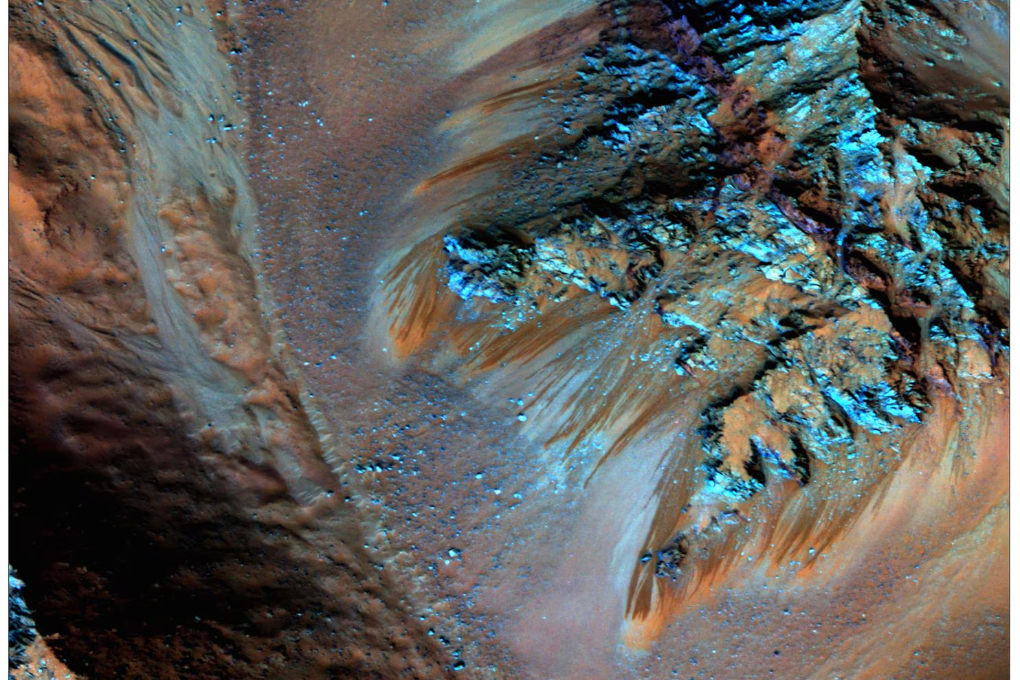The idea of water clouds drifting through the vastness of space sounds like something out of science fiction, but it’s now a scientific fact. The story of how astronomers discovered these distant water clouds is a fascinating mix of cutting-edge technology, patient observation, and a bit of cosmic luck.

Peering Into Space With Advanced Telescopes
Spotting water so far from Earth isn’t as simple as pointing a telescope at the sky. Astronomers use incredibly powerful instruments, such as the Atacama Large Millimeter/submillimeter Array (ALMA) in Chile. This collection of giant radio antennas sits high in the desert mountains, where the air is thin and clear. Unlike regular telescopes, ALMA can detect types of light that are invisible to our eyes. This is crucial because water in space is often hidden inside thick clouds of dust and gas. While visible light gets blocked, radio waves and certain infrared signals can slip through, carrying precious clues to scientists back on Earth.
Hunting for Water’s Unique Signature
Water molecules have a special way of interacting with light. When water is present, it leaves behind a unique “fingerprint,” a pattern of light at specific wavelengths. By studying the light coming from distant galaxies and stars, astronomers can spot these fingerprints and confirm the presence of water vapor or ice. They often focus on places where new stars are being born or around powerful cosmic objects like quasars, hoping to catch a glimpse of water in action.
A Groundbreaking Find Near a Distant Quasar

One of the most jaw-dropping discoveries happened near a quasar called APM 08279+5255. This isn’t just any star system—it’s over 12 billion light-years away and powered by a black hole that’s billions of times more massive than our sun. When scientists tuned their instruments to this remote spot, they found an enormous reservoir of water vapor-enough to fill Earth’s oceans 140 trillion times over. This discovery proved that water has been part of the universe since its earliest days, long before our solar system even existed.
Water Around Young Stars and Planets
Astronomers have also detected water around young stars, such as V883 Orionis. In these regions, they’ve observed disks of gas and dust containing water with the same chemical fingerprints as the water found here on Earth. This suggests that water is not only widespread but also ancient, possibly predating the birth of our sun.
Searching for Water on Distant Worlds

The hunt for water doesn’t stop at stars and galaxies. Scientists are now using sophisticated techniques, like high-resolution spectroscopy, to search for water in the atmospheres of exoplanets—planets that orbit stars outside our solar system. By examining how starlight passes through or reflects off a planet’s atmosphere, researchers can pick up the telltale signs of water vapor, even if it’s hidden above thick clouds. These methods are bringing us closer to finding worlds that might be capable of supporting life.
A Universe Filled With Water
The discovery of water clouds in the far reaches of space is a reminder of just how connected we are to the cosmos. Thanks to powerful telescopes and innovative science, we now know that water isn’t just an earthly element; it’s a common thread woven throughout the universe, linking us to stars, planets, and galaxies far beyond our own.
Learn how artificial intelligence enhances data security and compliance. Read “How Does AI Enhance Data Security and Compliance?” to understand how AI enables organizations to maintain robust security postures and efficiently adhere to intricate regulatory mandates.


